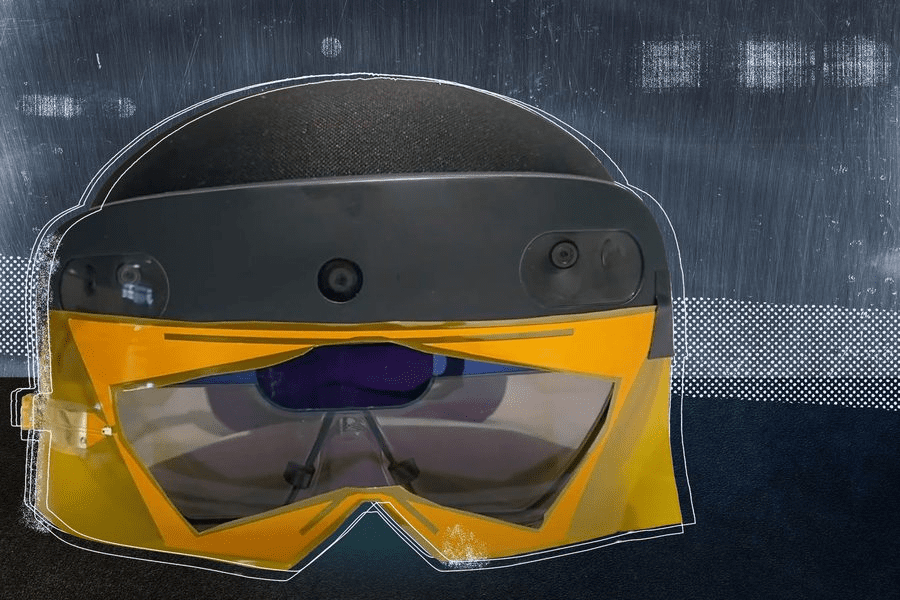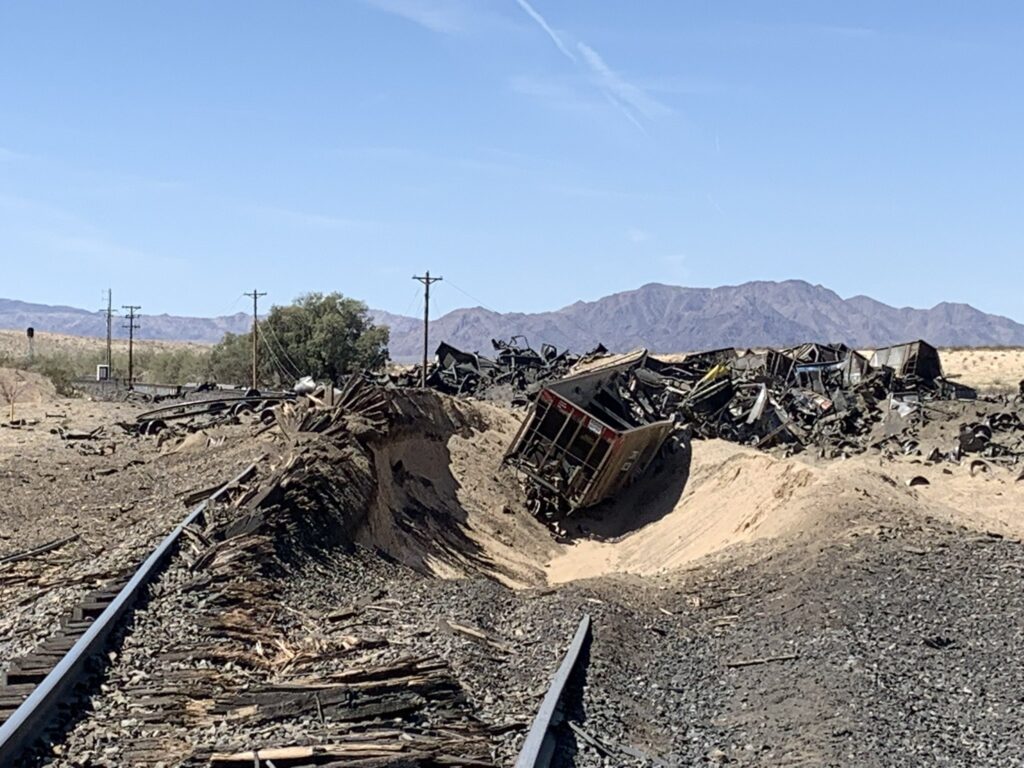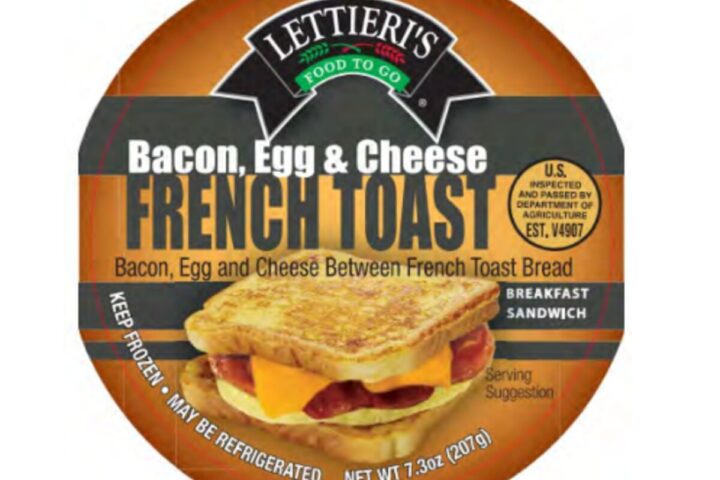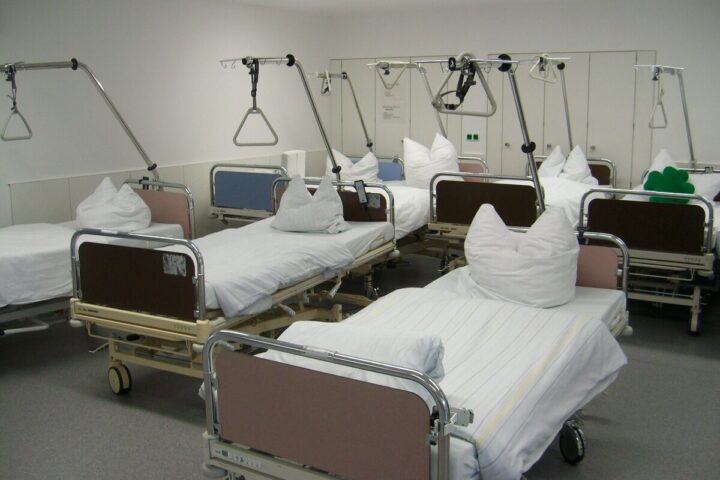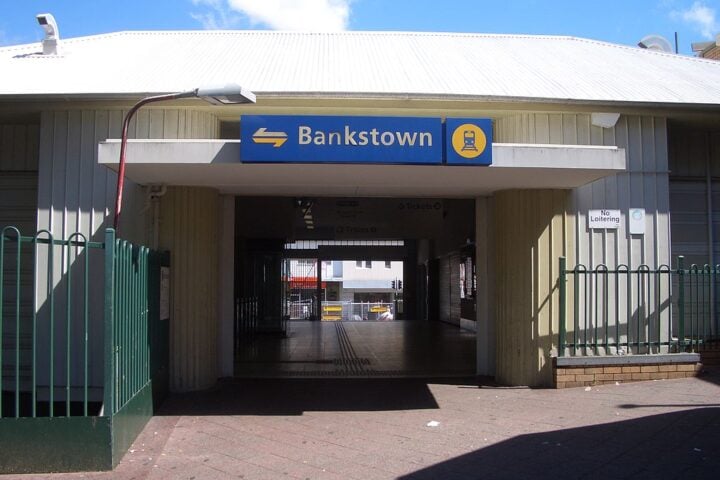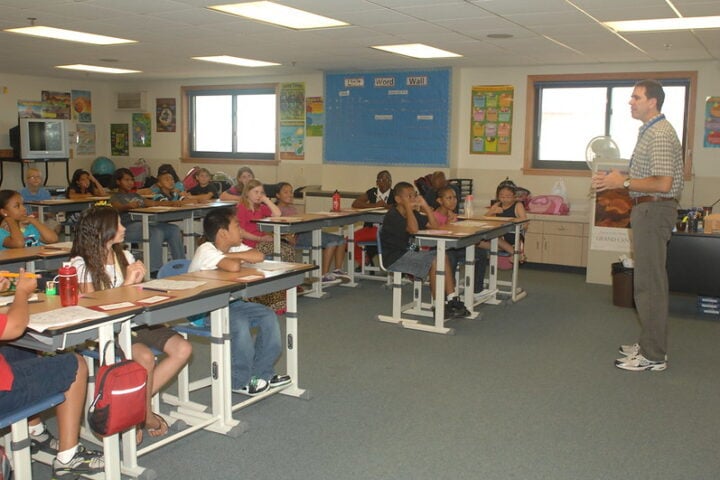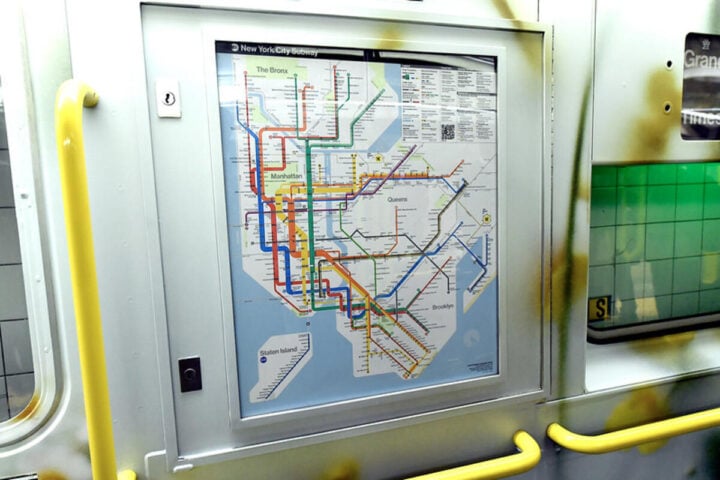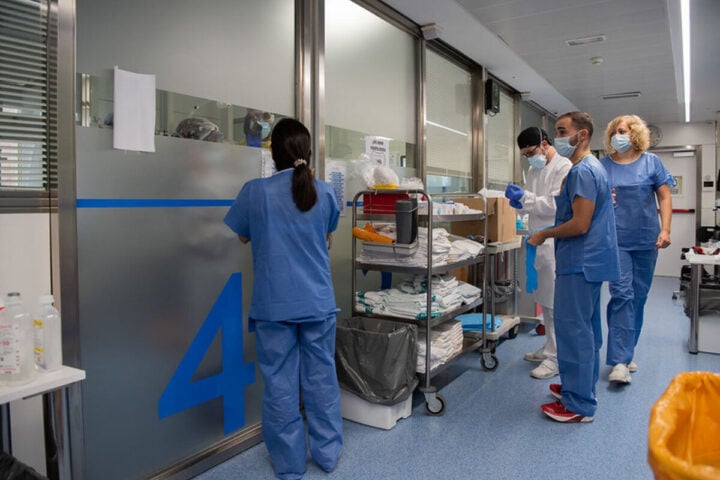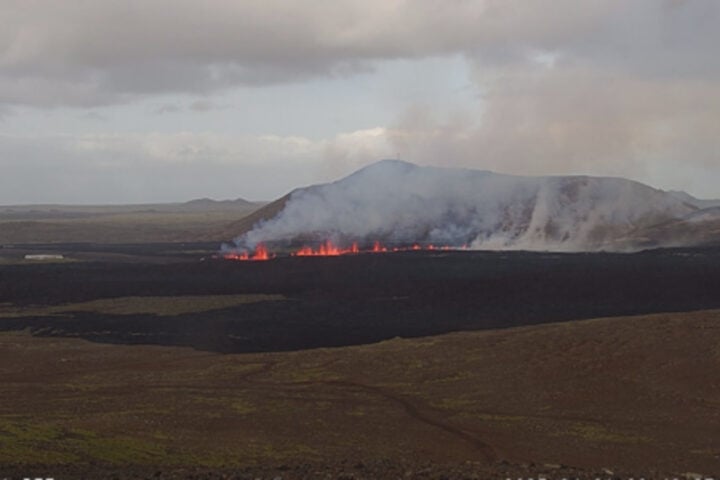A system that provides X-ray vision using AR (augmented (Augmented Reality) has been developed by MIT researchers. An antenna is used by the system, adding a “sixth sense” to the Hololens & allowing users to see beyond barriers as long as objects are marked with an RFID tag & within 15 feet. Researchers say that the prototype was built as an add-on to Microsoft’s Hololens, but it could be applied to other AR headsets.
Radio-frequency signals that can pass through everyday materials like cardboard, plastic, & wood are relied on by the technology. This technology‘s potential applications include use in warehouses, shipping, retail, & other places where RFID tags are commonly used. Warehouse workers could use X-AR to quickly find things amid many cluttered shelves & boxes.
A manufacturing facility could make use of X-AR to help workers find the correct parts as they assemble products. The MIT researchers team developed its own Hololens app that directs the wearer towards the desired object & alerts them whether or not the correct object has been picked up.
X-AR could determine whether food is safe to eat & aid search & rescue efforts in the event of a disaster. The device was tested by the researchers in a mock warehouse environment, and they found it could localize hidden items to within 9.8 centimeters, on average, with a 96% accuracy rate.
A lightweight antenna that could reach the bandwidth necessary to communicate with the RFID tags was developed by the team. The X-AR system relies on a specific method known as synthetic aperture radar to find RFID-tagged items.
Natural human behavior is synergized well by the technology, allowing the system to take measurements from lots of different locations & accurately localize an item. After the item is picked up, X-AR checks that the RFID tag is sending the correct signals associated with the item to verify that the users found what they were looking for.
The device greets the users with simple menus that allow them to select an object from a database of tagged items, & the headset tells them where to walk in the form of footsteps on the floor. Thus, the technology could be used in areas such as warehousing, retail, shipping, & could also be used in relief & rescue operations.”
